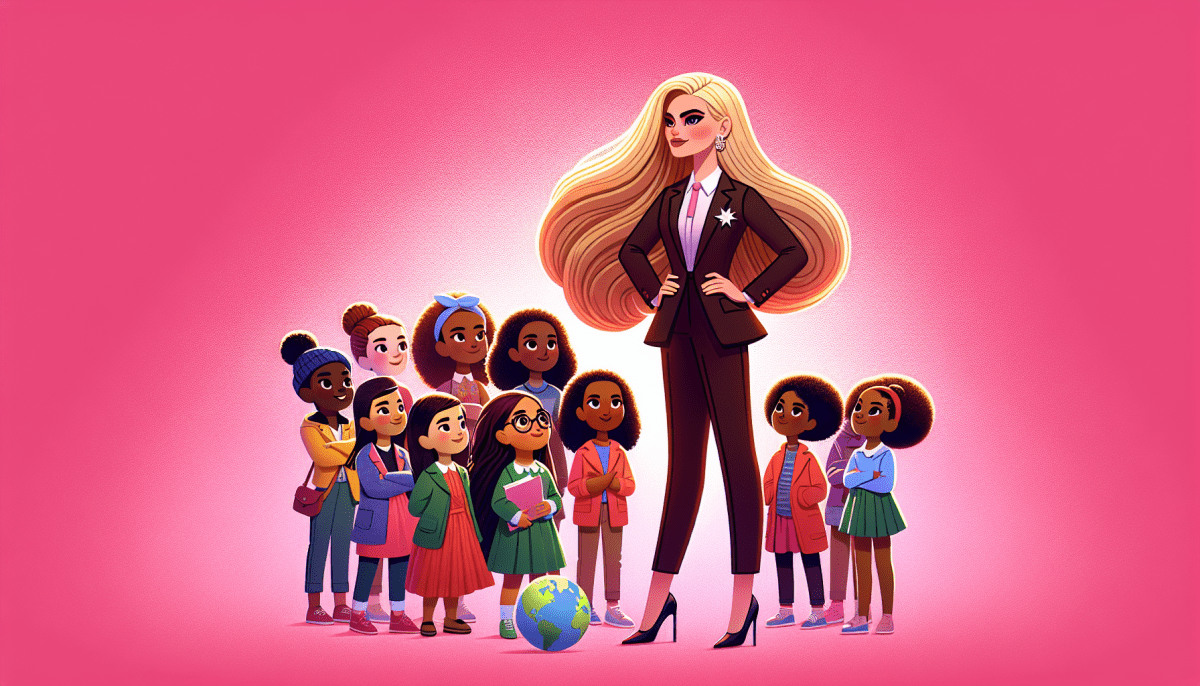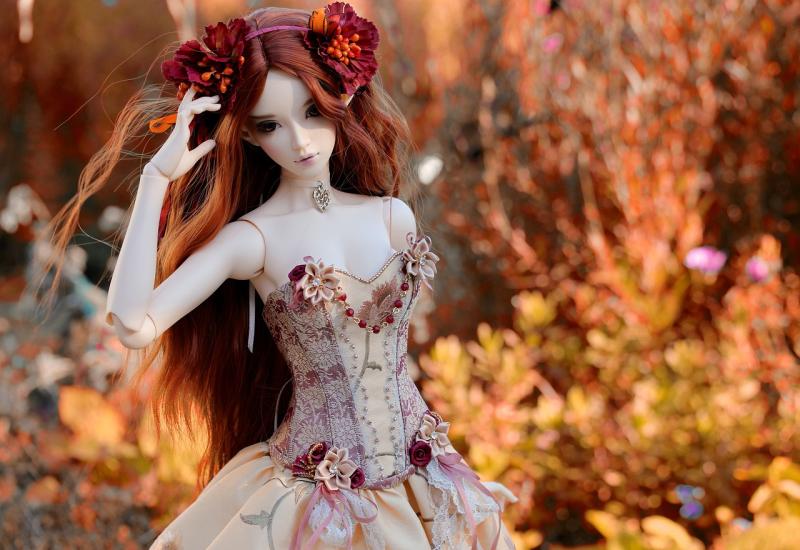Barbie, the iconic doll that has dominated the toy industry for over six decades, has had a remarkable evolutionary journey. Since her introduction in 1959, Barbie has undergone numerous transformations to reflect changing societal norms, empowering girls and inspiring change along the way.
From her inception, Barbie challenged traditional gender stereotypes by providing girls with a doll that encouraged them to dream big. In a time when women's options were limited, Barbie symbolized a world of unlimited possibilities. With her diverse range of careers, from astronaut to doctor to CEO, Barbie helped shape young girls' aspirations, emphasizing that they could achieve anything they set their minds to.
As society progressed, so did Barbie. In recent years, Mattel, the company behind Barbie, has embarked on a journey to make her more representative of real-world diversity. They have launched dolls with different body types, skin tones, and hair textures, fostering inclusivity and promoting positive self-image. By acknowledging and celebrating the uniqueness of every girl, Barbie has become a symbol of empowerment for young girls worldwide.
Redefining Beauty Standards: Barbie's Impact on Self-Image
For decades, Barbie has played a crucial role in shaping beauty standards and self-image among young girls. With her flawless appearance and impeccable fashion sense, Barbie has become an icon of beauty, influencing how girls perceive themselves and what they aspire to be. However, in recent years, there has been a paradigm shift in the way Barbie is portrayed in order to empower girls and inspire change.
One significant change in Barbie's image is the embracing of diversity. Historically, Barbie dolls mostly represented a limited, unrealistic standard of beauty: tall, slim, and blonde. Recognizing the importance of inclusivity, Mattel, the company behind Barbie, has introduced diverse Barbies with different body types, skin tones, and hairstyles. These dolls aim to reflect the diversity of real women and encourage young girls to embrace their unique beauty, promoting a more realistic portrayal of body images.
Furthermore, Barbie has now expanded her professional horizons to inspire girls to pursue their dreams in any field they desire. Once seen primarily as a fashion icon, Barbie now has numerous career options, including doctors, scientists, astronauts, and engineers. By featuring these professions, Barbie encourages young girls to break gender stereotypes, fosters their confidence, and shows them that they can achieve any career they set their sights on.
Despite these positive changes, Barbie's impact on self-image still remains heavily debated. Critics argue that Barbie's original idealized image can instill unrealistic beauty standards in girls, leading to body dissatisfaction and low self-esteem. However, others believe that the recent transformations of Barbie contribute to a healthier sense of self-image by presenting more diverse and empowering options for young girls to choose from.
Breaking Gender Stereotypes: Barbie as an Agent of Change
For decades, Barbie has been more than just a toy. She has become an iconic symbol of empowerment and a catalyst for change in breaking down gender stereotypes. Originally introduced in 1959, Barbie was one of the first dolls to provide girls with endless possibilities for imaginative play. With her diverse careers and fashionable outfits, Barbie challenged the notion that girls should be confined to traditional gender roles. She inspired generations of young girls to dream big and believe in their abilities.
In recent years, Barbie has undergone several transformations to reflect a more inclusive and diverse world. Mattel, the company behind Barbie, recognized the importance of representing different ethnicities, body types, abilities, and careers. The introduction of dolls with various skin tones and body shapes sends a powerful message that beauty comes in all forms. Moreover, Barbie has embraced career choices beyond the traditional scope, featuring dolls as doctors, engineers, astronauts, and even video game developers. By expanding the range of possibilities, Barbie encourages girls to explore their potential in fields where women have been historically underrepresented.
Barbie's influence goes beyond just physical dolls. The Barbie brand has partnered with numerous organizations and initiatives to empower girls and promote gender equality. For instance, the "You Can Be Anything" campaign encourages girls to pursue their dreams fearlessly, emphasizing that with dedication and hard work, they can achieve anything they set their minds to. Barbie has also collaborated with organizations like Girls Who Code to support programs that provide girls with opportunities to develop their skills in science, technology, engineering, and mathematics (STEM).
Inspiring Dreams and Career Aspirations: Barbie's Role Models
Barbie has always been a strong advocate for empowering girls and inspiring change. Over the years, Barbie's lineup of role models has expanded to include a diverse range of women who have shattered societal norms and achieved great success in their respective fields. These iconic women serve as powerful examples for young girls, encouraging them to dream big and pursue their passions without limitations.
One of Barbie's influential role models is Amelia Earhart, the legendary aviator who broke barriers in the world of aviation. As the first female pilot to fly solo across the Atlantic Ocean, Earhart's fearless spirit and determination inspire young girls to believe in themselves and strive for greatness. Barbie's Amelia Earhart doll not only celebrates the aviation pioneer, but also encourages girls to explore careers in STEM (Science, Technology, Engineering, and Math) fields.
Another remarkable role model is Frida Kahlo, a renowned Mexican artist known for her captivating self-portraits and strong advocacy for feminism and self-expression. Barbie's Frida Kahlo doll promotes the idea that beauty comes in all forms and encourages girls to embrace their uniqueness. By showcasing Kahlo's influential artwork and her passionate activism, this doll inspires young girls to pursue their artistic talents and follow their creative aspirations.
Barbie also pays tribute to important figures like Katherine Johnson, an African-American mathematician who played a crucial role in NASA's space program. Johnson's incredible mathematical skills helped send the first Americans into orbit, breaking down racial and gender barriers along the way. The Katherine Johnson doll highlights the importance of diversity in the STEM field, reminding girls that they too can make significant contributions to science and mathematics.



